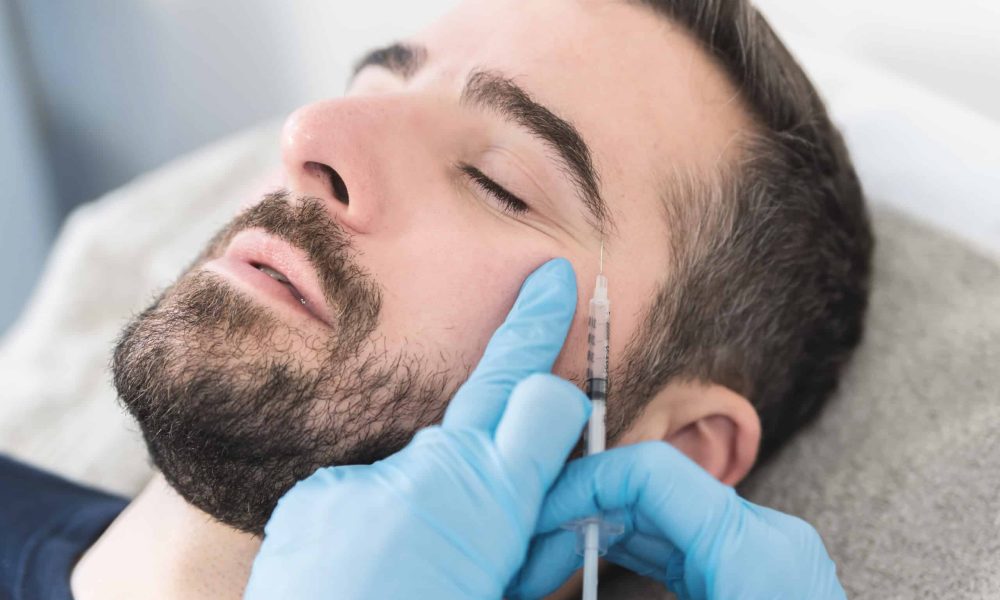

If you are unable to distinguish the subtle distinctions between several brands, taking the time to select the best wrinkle relaxer cream may seem excessive. However, variances between these products will have different outcomes and affect your appearance subtly. This article will focus on the differences between Botox and Dysport, two of the more well-known kinds of wrinkle relaxers.
For muscles to contract and expand, the brain sends nerve signals. Relaxers, a class of neuromodulator proteins, prevent communication between nerve and muscle cells. As a result, the muscle is immovable.
Most facial lines on the forehead and around the eyes are caused by the contraction of the muscles used for facial expression. These muscles in the face are utilized to smile and frown. By reducing the movement of these muscles, you can delay the aging process and get rid of wrinkles.
The botulinum toxin type A is present in Botox and Dysport. Botulinum toxin is a protein that naturally causes botulism, with types A and B being more lethal to people. However, the active ingredient in these goods is isolated and refined so that experts can safely use them merely to paralyze specific small muscles.
Neurotoxins in the medical aesthetic world are known as wrinkle relaxers. They have several similarities, which makes people think of them interchangeably.
One significant similarity is that only one treatment is necessary to get the desired outcomes from Botox or Dysport. You will require injections once more to sustain the optimal effects when the neurotoxin effects wear off. Both Botox and Dysport treatments last less than an hour for each appointment.
Additionally, Botox and Dysport have similar contraindications. These contraindications are the following:
Some drugs might impact the effectiveness of the toxin in the skin. Complications may result from interactions between the chemicals of the injection and blood thinners and muscle relaxants. Consult a specialist about your prescriptions to determine if you are a good candidate for Botox/Dysport.
It can be challenging to decide which of the two injectable wrinkle relaxers, Botox or Dysport, is better for you. Both medications are FDA-approved and efficient at treating wrinkles. However, their differences can produce varying results that will either make or break your appearance.
Here are some of the most notable differences between Dysport and Botox.
The two substances’ compositions are the main difference between them. They are both more effective than the other in particular situations due to differences in the dosage of neurotoxin used.
The neurotoxin Botulinum type A is used by both kinds of wrinkle relaxers, although not in the same quantity. Compared to Botox, Dysport utilizes less of the ingredient since it is more diluted. The concentration level of Dysport is nearly one-third that of Botox.
Botox and Dysport function differently in molecular behavior and diffusion because of differences in their botulinum type A concentrations. Let’s get into further detail about this.
Dysport tends to spread more quickly because of its lower botulinum type A concentration, especially over a larger surface area. Botox, on the other hand, spreads far more slowly and uniformly than Dysport.
Dysport is more effective for glabellar and 11 lines on the forehead than Botox because it can treat a larger region much faster. Professional injectors may like using Botox on more delicate creases and lines like crow’s feet and lip lines. Botox is ideal for tiny problem areas because it flows slowly and has a higher concentration.
Both Dysport and Botox often have three- to four-month-long effects. However, some people experience a quicker or slower fading of the impact of Botox the more they get it.
You can anticipate Dysport’s effects to become apparent a few days after the injections because of its formulation, which has a speedier onset of action. On the other hand, Botox’s results will be visible after a week to a month.
Except for the needle’s sting during injection, neither treatment is particularly painful. Several injectors offer numbing options to make the operation as painless as possible. Even while the injections are practically painless, you can have some after-treatment discomfort in the treated area.
Another distinction between Botox and Dysport is that, following the procedure, Botox may also result in numbness at the treatment site.
There are various potential side effects for both Dysport and Botox. Although minor side effects are common and significant adverse effects are uncommon, both treatments are generally considered safe. The following are a few of the Botox adverse effects:
Dysport side effects include:
Within seven days of receiving treatment, the adverse effects will disappear.
Botulinum poisoning is the more severe side effect of either Dysport or Botox. Botulinum poisoning is a dangerous side effect that can result in the following signs and symptoms:
When a product’s botulinum type A component spreads to another area of the body, it causes botulinum toxicity. If you believe a Botox or Dysport injection may have caused botulinum poisoning, seek emergency medical attention immediately.
In conclusion, Botox is more effective for fine lines in smaller areas, such as the lips, the area around the eyes, and crow’s feet. However, bigger areas like the forehead are where Dysport performs best.
Compared to Dysport, Botox spreads and takes longer to act. Therefore, Dysport can be a better option if you’re in a rush.
Both Botox and Dysport’s effects will endure for three to four months. However, according to some individuals, the results of Botox can wear off sooner or later than three to four months. No matter which treatment you choose, you will require follow-up visits every few months to maintain the desired effects.
It’s difficult to determine which of the two wrinkle relaxers you need. It’s best to get a Botox and Dysport consultation with experts to make the right choice. Contact Taylered Aesthetics at 402-340-3770 to get your 15-30 minute consultation.